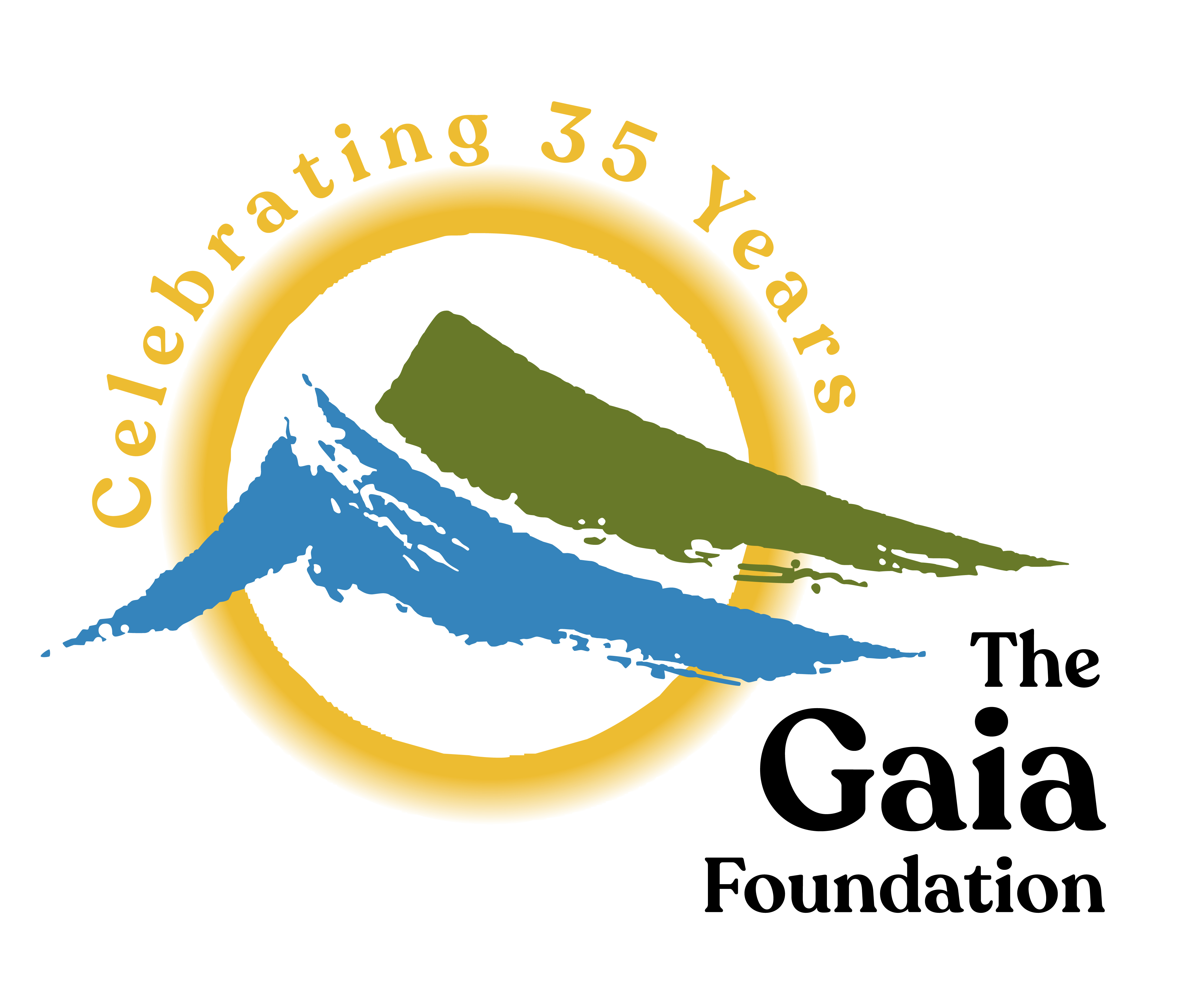Originally posted in The Guardian, 3rd December 2014.
Doima, a small farming town, lies in the heart of central Colombia’s agricultural land. Fed by sediment-rich water running down from the Andes, this is the region where farmers grow rice, maize, plantain and beans for the whole country. A hundred kilometres away, however, a proposed gold mine threatens to change this fertile landscape forever.
The mine, operated by AngloGold Ashanti (AGA), would sit in a steep mountainous area, but the proposed area for processing the mined rocks and building the tailings dam needed for storing the toxic wastewater would be the flat land around Doima, which is currently farmland.
“There would be a lot of material removed and they can’t process it there, they need a flatter area,” says Mariana Goméz Soto, an activist from Doima who, along with the rest of the community, is fighting against the mine.
“It would be very easy for AGA to build a dam in the mountain valley,” says Soto. “They would have to build a huge road to directly connect the mine to this area, cutting through the land. The purpose of this land would change. It wouldn’t be a farming region anymore.”
According to a recent report by the Gaia Foundation, this is just one example of how extractive industries around the world are increasingly threatening farmland and the livelihoods of food producers.
Mining is itself nothing new, but the scale and nature of it is changing, says Liz Hosken, director of the Gaia Foundation.
“Concentrated resources have largely been mined, which means you have to look elsewhere for more dispersed minerals and metals. That was already happening, and then came the economic collapse of 2008, and suddenly people want land and physical resources to invest in. There’s hype around the money to be made, and mining is considered to be of political and strategic interest.”
An additional driver for this is global demand for rare earth metals used intechnology such as mobile phones.
According to KPMG, only 5% of global exploration and mining development expenditure was spent in Africa in the early 1990s, by 2012, it was 15%. From 2004 to 2011 annual investment in mining exploration in Uganda increased from$5 million to $47 million.
South America has also been a high-growth area: according to Oxfam, copper production in Peru doubled in the five years to 2009, with gold up 30%, and 31 new exploration and expansion projects underway.
The problem for many food-producing communities in developing countries is that extraction industries can encroach on lands that they rely on, but don’t always hold legal titles for. Female farmers, pastoralists and those who rely on forests are all particularly vulnerable.
“They depend on these areas for their livelihoods, and because agricultural lands are not seen as being as strategically important as mining, there are huge areas where mining is destroying fertile land,” says Hosken.
Even legal ownership may not protect farmers from the impacts of nearby mining. The vast amounts of water used in extraction industries means there is less to be used on crops. Last year, protesters in Chile claimed that mining is creating a water crisis in the country, and demanded that the state take water back fromprivate hands. Water pollution is also a problem.
“Mining almost always takes place in rural, marginalised areas where agriculture is often the main livelihood, and one of the most significant impacts of mining on farming communities is contamination of water sources that communities use to sustain agricultural production,” says Keith Slack, global programme manager for extractive industries at Oxfam America.
“Ghana and Peru are two examples where mining and agricultural production have come into conflict. The opposition to the Conga mining project in northern Peru is one of the most prominent examples of where community concerns about the impacts of mining on water have led to cycles of conflict.”
One of the messages from the Gaia Foundation report is that we need to find ways of reusing minerals and metals, rather than digging for more. .
“These materials do not biodegrade, so we need to design our electronics to last, and design them so we can upgrade them,” says Hosken.
Some mining companies are making effort to reduce their impact, for example through the Initiative for Responsible Mining Assurance. But development organisations also have a role to play in empowering communities, such as farmers, by making sure they understand the potential impacts on natural resources and how to engage with policymakers.
“Oxfam supports local organisations to work with affected communities to educate them on their rights vis-à-vis mining operations,” says Slack. “These include the right to information about the full range of impacts, both positive and negative, of mining and the right to give or withhold their consent to mining projects on their land.”
In Doima, a local vote against the proposed project was effectively overruled last year by a national decree that removed decisions on mining zones from municipal governance. The battle could be long, but it’s an important one, says Goméz Soto.
“There’s an abundance of water resources here, and great diversity of food production. But this mine is potentially the largest gold mine in South America. It’s a pretty big business opportunity for them.”

